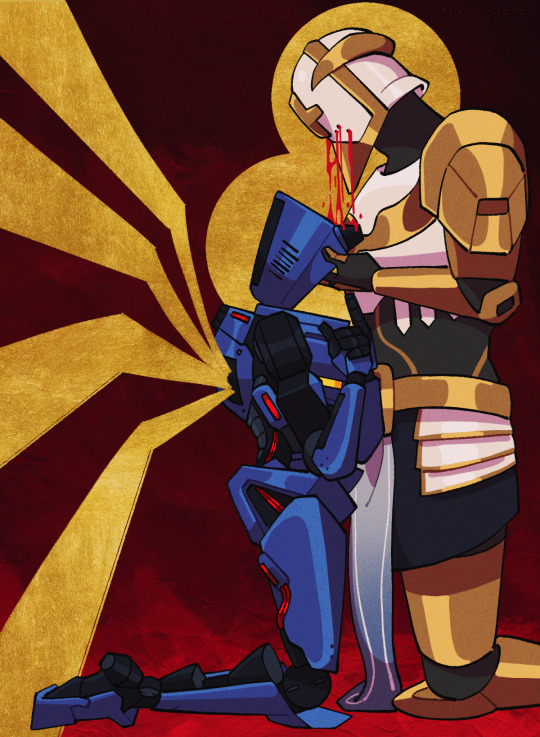Text
im liking twin peaks a lot. i didn't expect it to be a show about how everyone is cheating on everyone. but that's not to say i'm having a bad time about it
#im liking the surreal elements a lot. the characters were all hard to keep track of at first#because several of tjem look like identical twins#but i think i have the hang of it now#quincy.txt
8 notes
·
View notes
Text
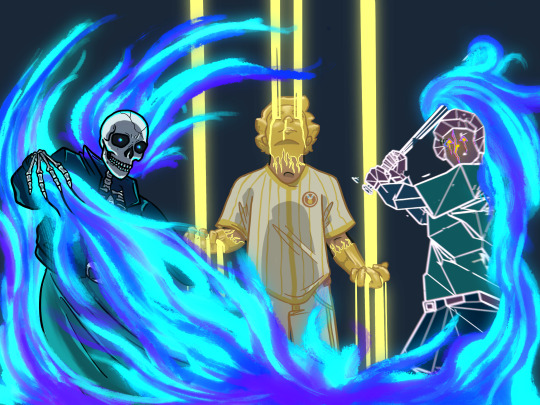
FIREPROOF
(Image description: Leach Ingram, Hewitt Best, and Rodriguez Internet stand together. Leach and Rod are wreathed in glowing blue flames, leach pulling the flames with a skeletal hand and rod preparing to swing a magmatic homer. Slightly behind them, Hewitt is being forged, Golden streams of light flowing into his eyes and hands, slowly turning him into a gold statue.)
139 notes
·
View notes
Text
cool new tumblr trend : “goodposting”
its when you share fun interesting things in a calm and friendly way
270K notes
·
View notes
Text
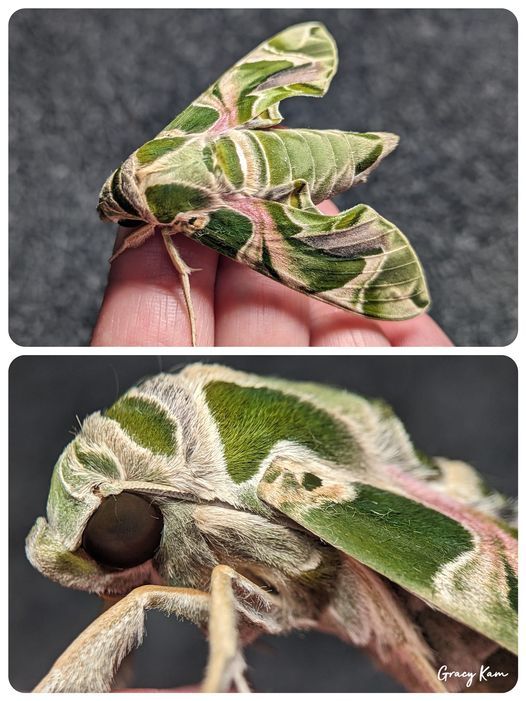
Oleander Hawk Moth (Daphnis nerii), family Sphingidae, Taiwan
photographs by Gracy Kam
2K notes
·
View notes
Text
A bread is one of the most vulnerable animals on earth of all time. It can die in a number of different ways, which include being smashed, being old, being rottened, being crumpled up, getting too hot, having water put on it, and having water not on it but being in the air a lot (the water (mist)). The bread’s favorite way to die is being eaten, but the world is a complicated place, and it does not care for what the bread wants, and so it dies in a variety of ways which are not the preference of the bread.
Humans are considered the bread’s natural predator, and also, are the bread’s mommy (make/give birth to the bread). Humans are a large species of ant or plant or ele phant with two grasping appendages which they use to give birth to the bread. They also have one hole which eats the bread, and some other holes, which the bread is not allowed near, generally.
Some bread can go in the fridge. Some bread has fruit in it. Scientists don’t know why, as putting fruit in the bread is considered yucky, and scientists have difficulty imagining an organism that likes yucky things.
There is the anteater, which is an organism that likes yucky things, but scientists do not need to imagine it, because it is real.
2K notes
·
View notes
Text

Pellucid Hawk Moth aka Coffee Bean Moth (Cephonodes hylas), family Sphingidae, Bandung, Indonesia
photograph by Isti Yano
345 notes
·
View notes
Text
when people say "ok but x bug has no benefit to nature" I bet they can't even name 5 facts about the bug they're shitting on. so how could they Possibly know what its function is in the environment and if it's "useless" or not
wasps being the perfect example, I still get people saying "oh bees are cute and pollinate :) yay. but WASPS ARE EVIL and they don't contribute ANYTHING!!!" and it's like buddy. wasps pollinate too. they also control spider populations. they do a lot of great valuable things. but even if they didn't, they're still worthy of being here. I see SO much hatred toward wasps and I wish people would try to learn a little more about them.
I'm mainly talking about paper wasps here because these are common ones we run into in daily life and most commonly deemed "aggressive". but wasps have body language. and if you learn to read this language and learn how to properly act around them, things will go a lot better for you! wasps can be curious creatures and they may come up to observe you, especially if you're wearing something brightly colored. this can be startling for sure, but my best advice is to just be still, DO NOT SWAT or wave your arms. try to just back away or sidestep so it loses interest and leaves. swatting is just gonna make them feel as if they are being attacked and increase your chances of being stung.
many stings happen due to unfortunate but accidental circumstances. unknowingly getting too close to a nest, stepping on a wasp on accident, one getting stuck in clothing, etc. I got stung once while gardening, went to pull a weed and the wasp was on it, so I grabbed her without knowing and she stung me because she was scared. this doesn't mean "oh wasps are AGGRESSIVE and EVIL" it means you stumbled into an unfortunate situation where the wasps felt threatened and defensive. instead of being like "FUCK all wasps" go forward trying to learn about common nesting areas, be wary of holes in the ground, wear gloves while gardening, and if you do have to be around a nest, try not to make a lot of noise. if the nest absolutely needs removed, call a professional.
2K notes
·
View notes
Text

Giant Red-winged Grasshopper (Tropidacris cristata), family Romaleidae, Colombia
This huge grassshopper can grow a body length of up to 14.5 cm (5.7 in) and have a wingspan of up to 24 cm (9.4 in).
photograph by HolGuin Ism
202 notes
·
View notes
Text
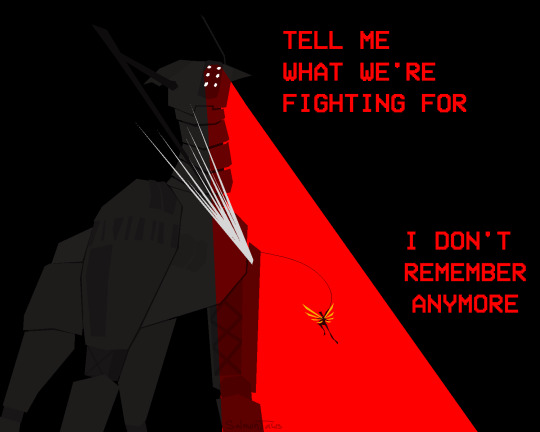
what progress ever came from war?
388 notes
·
View notes
Text
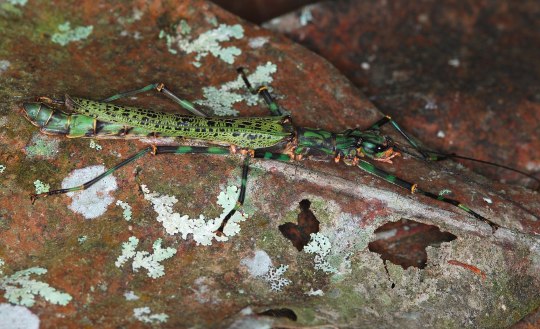
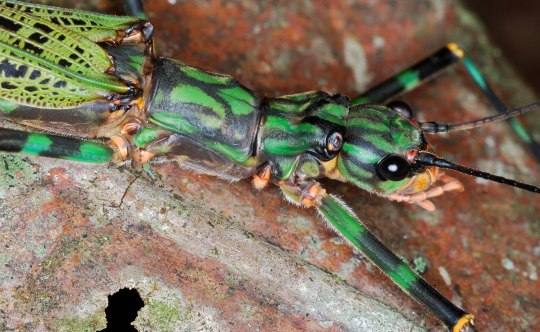
Stick Insect (Orthomeria pandora), family Aschiphasmatidae, order Phasmatodea, Tapah Hills, Perak, Malaysia
photographs by Bernard DUPONT
611 notes
·
View notes
Text

Eastern Big Sand Tiger Beetle (Cicindela formosa generosa), family Cicindelidae, Belmont, Michigan, USA
photograph by Jared Adelman
117 notes
·
View notes
Text
just queued up a fuck ton of bugs for everyone to look at. no need to thank me
#quincy.txt#i didn't wanna spam everyone with 15 bugs in a row unfortunately. ao you're getting 15 bugs spread across a few days
17 notes
·
View notes
Text

Green Sweat Bee (Augochlora pura), female peeking out of the nest burrow, family Halictidae, MI, USA
photograph by Joseph Ferraro
(@josephferraromacro)
415 notes
·
View notes
Text

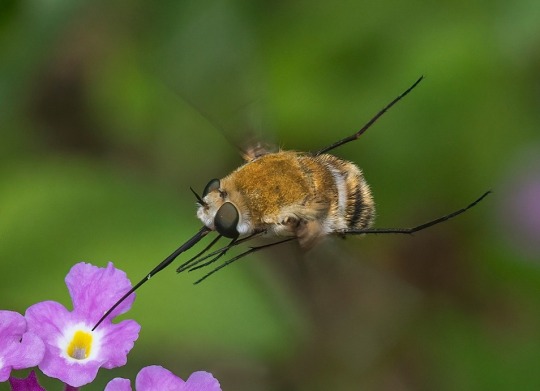
Bomber Fly (Heterostylum robustum), family Bombyliidae, Hidalgo County, Texas, USA
This fly is in the Bee Fly family.
photograph by Craig Lipski
391 notes
·
View notes


